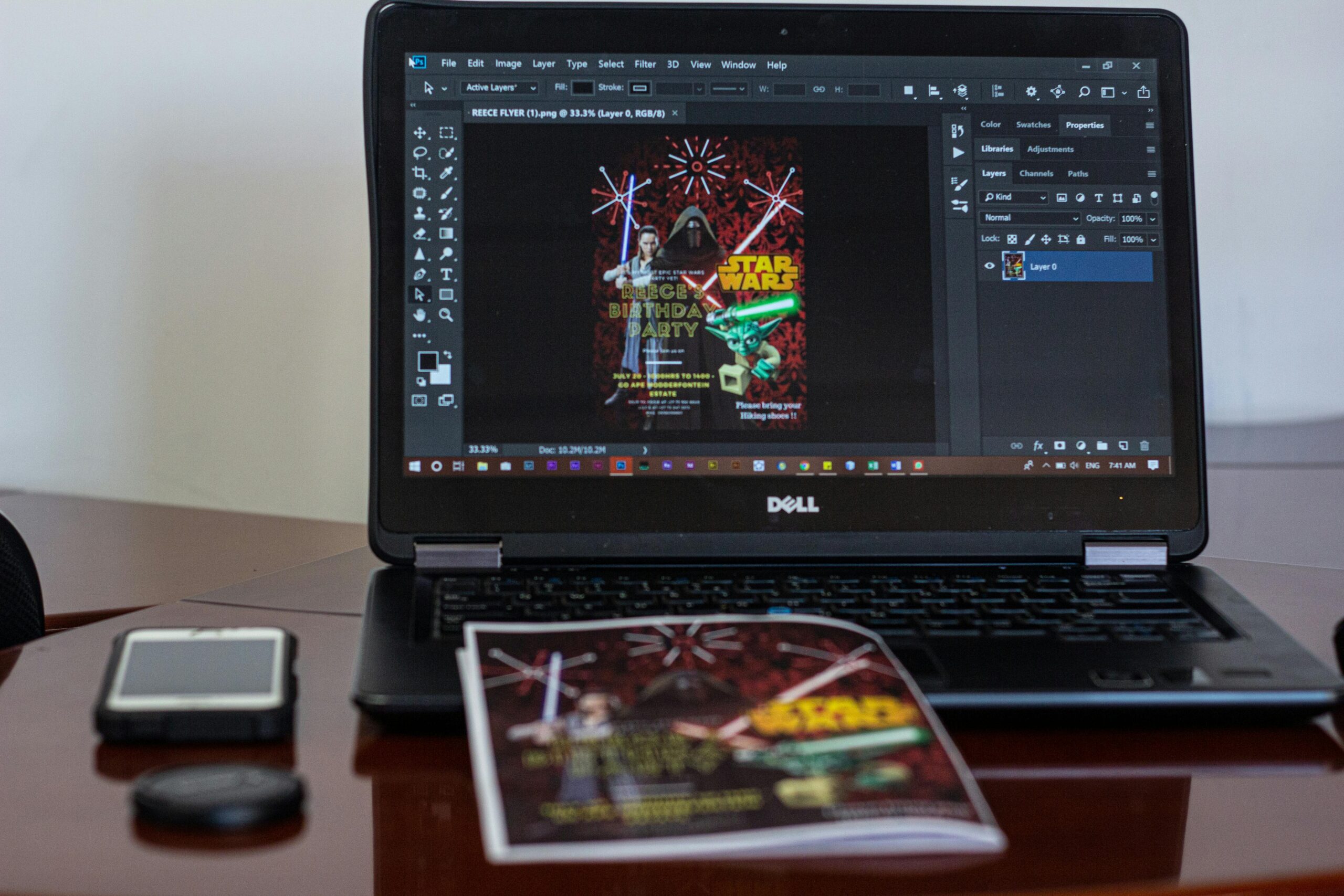 Paper was supposed to go the way of the horse...
Paper was supposed to go the way of the horse...
For decades, experts warned that new technology would destroy demand for printed documents. Computers, e-mail, and digital files all pointed to the same inevitable outcome... the "paperless office."
The keystone of this paperless revolution was the Portable Document Format ("PDF").
The PDF debuted in 1993. It's a file that anyone on any computer around the world can easily create, send, and store. And everyone sees it the same way.
And Silicon Valley futurist, professor, and consultant Paul Saffo saw the writing on the wall...
He said paper would still be around. But, like horses after the automobile, nobody would want it except "little girls and hobbyists."
It was a good line... It just didn't play out that way.
 Instead of killing paper, the PDF became its greatest catalyst...
Instead of killing paper, the PDF became its greatest catalyst...
E-mail, which people also expected would kill paper, made it easier to share files – specifically PDFs.
Overall, when companies rolled out these so-called "paperless technologies," their paper consumption rose 40% on average.
After the PDF's debut, paper production rose every year of the 1990s. And today, more than 30 years after paper should've been relegated to "hobbyists," office workers still use roughly 12 trillion sheets every year – an average of 10,000 sheets per person.
The PDF made it easier to send and print documents globally. It removed the friction of distributing documents. And instead of just printing their own documents, people could suddenly print ones sent from other computers, too.
And when you make something easier, people tend to do it more.
 Disruptive technologies often supercharge old habits...
Disruptive technologies often supercharge old habits...
And today, investors are watching another type of disruptor. Instead of e-mail and PDFs, it's the threat of AI.
Only this time, the industry being disrupted is also AI...
With so many companies investing in this space, the cost to use AI is getting substantially cheaper. New companies are constantly creating new models.
And that increased competition is forcing costs down. Chinese AI company DeepSeek made waves earlier this year when it claimed its model was 27 times cheaper to train than OpenAI's ChatGPT.
That same day, Nvidia (NVDA) fell 17%... with other chipmakers following suit.
But since then, the market has realized that this is another example of how more, cheaper AI simply means more folks are using it. We're on track to reach 378 million global users by the end of the year.
Nvidia's stock has rallied 50% since that early sell-off.
And we're already seeing AI flood the world with more content. Social media feeds and advertising are stuffed with AI-generated images, videos, and designs. That's driving AI usage through the roof...
To keep up, we'll need a lot more of the chips and other physical infrastructure that powers AI. And that means "picks and shovels" suppliers like Nvidia have a lot of runway left ahead.
Regards,
Joel Litman
September 26, 2025
Editor's note: While AI stocks are volatile, they're also where future gains are concentrating...
And by studying past (and current) market leadership for months, my team and I have found what I believe could be the single greatest moneymaking anomaly in the U.S. stock market.
But to take full advantage of this "Doubles Anomaly," you must understand the massive market shake-up that could unfold before earnings season starts in just a few weeks. Learn more here.



 Paper was supposed to go the way of the horse...
Paper was supposed to go the way of the horse... 

